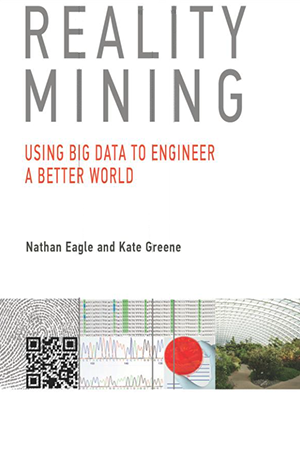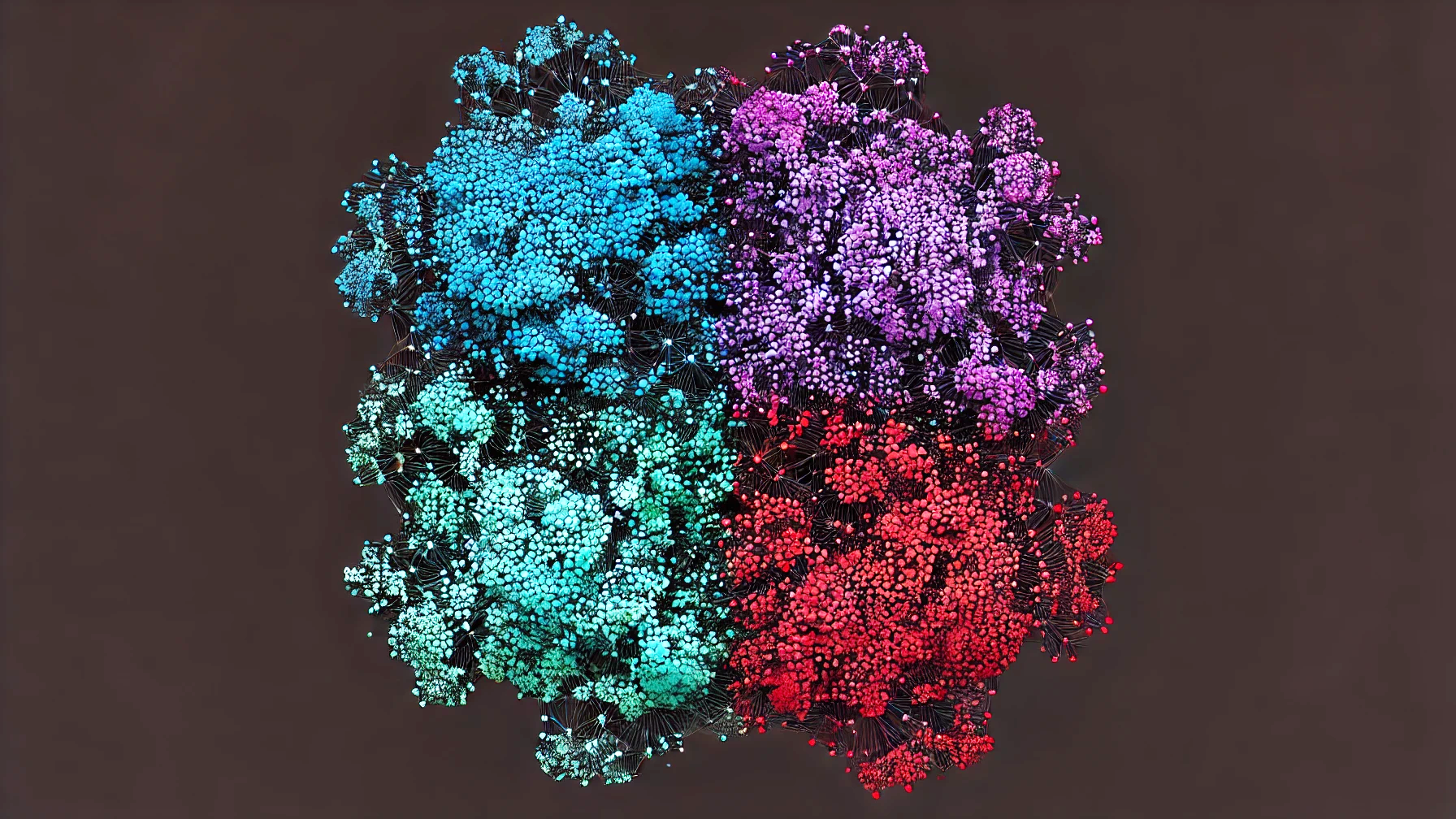
Library
Social Physics
Samuel Greengard
Virtual Reality
After years of hype, extended reality—augmented reality (AR), virtual reality (VR), and mixed reality (MR)—has entered the mainstream. Commercially available, relatively inexpensive VR headsets transport wearers to other realities—fantasy worlds, faraway countries, sporting events—in ways that even the most ultra-high-definition screen cannot. AR glasses receive data in visual and auditory forms that are more useful than any laptop or smartphone can deliver. Immersive MR environments blend physical and virtual reality to create a new reality. In this volume in the MIT Press Essential Knowledge series, technology writer Samuel Greengard offers an accessible overview of developments in extended reality, explaining the technology, considering the social and psychological ramifications, and discussing possible future directions. Greengard describes the history and technological development of augmented and virtual realities, including the latest research in the field, and surveys the various shapes and forms of VR, AR, and MR, including head-mounted displays, mobile systems, and goggles. He examines the way these technologies are shaping and reshaping some professions and industries, and explores how extended reality affects psychology, morality, law, and social constructs. It's not a question of whether extended reality will become a standard part of our world, he argues, but how, when, and where these technologies will take hold. Will extended reality help create a better world? Will it benefit society as a whole? Or will it merely provide financial windfalls for a select few? Greengard's account equips us to ask the right questions about a transformative technology.
Alex Pentland
Honest Signals
How understanding the signaling within social networks can change the way we make decisions, work with others, and manage organizations. How can you know when someone is bluffing? Paying attention? Genuinely interested? The answer, writes Alex Pentland in Honest Signals, is that subtle patterns in how we interact with other people reveal our attitudes toward them. These unconscious social signals are not just a back channel or a complement to our conscious language; they form a separate communication network. Biologically based “honest signaling,” evolved from ancient primate signaling mechanisms, offers an unmatched window into our intentions, goals, and values. If we understand this ancient channel of communication, Pentland claims, we can accurately predict the outcomes of situations ranging from job interviews to first dates. Pentland, an MIT professor, has used a specially designed digital sensor worn like an ID badge—a “sociometer”—to monitor and analyze the back-and-forth patterns of signaling among groups of people. He and his researchers found that this second channel of communication, revolving not around words but around social relations, profoundly influences major decisions in our lives—even though we are largely unaware of it. Pentland presents the scientific background necessary for understanding this form of communication, applies it to examples of group behavior in real organizations, and shows how by “reading” our social networks we can become more successful at pitching an idea, getting a job, or closing a deal. Using this “network intelligence” theory of social signaling, Pentland describes how we can harness the intelligence of our social network to become better managers, workers, and communicators.
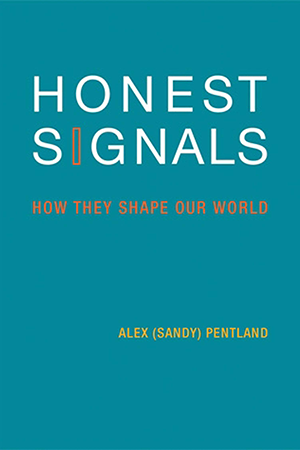
Limor Shifman
Memes in Digital Culture
In December 2012, the exuberant video “Gangnam Style” became the first YouTube clip to be viewed more than one billion times. Thousands of its viewers responded by creating and posting their own variations of the video—“Mitt Romney Style,” “NASA Johnson Style,” “Egyptian Style,” and many others. “Gangnam Style” (and its attendant parodies, imitations, and derivations) is one of the most famous examples of an Internet meme: a piece of digital content that spreads quickly around the web in various iterations and becomes a shared cultural experience. In this book, Limor Shifman investigates Internet memes and what they tell us about digital culture. Shifman discusses a series of well-known Internet memes—including “Leave Britney Alone,” the pepper-spraying cop, LOLCats, Scumbag Steve, and Occupy Wall Street's “We Are the 99 Percent.” She offers a novel definition of Internet memes: digital content units with common characteristics, created with awareness of each other, and circulated, imitated, and transformed via the Internet by many users. She differentiates memes from virals; analyzes what makes memes and virals successful; describes popular meme genres; discusses memes as new modes of political participation in democratic and nondemocratic regimes; and examines memes as agents of globalization. Memes, Shifman argues, encapsulate some of the most fundamental aspects of the Internet in general and of the participatory Web 2.0 culture in particular. Internet memes may be entertaining, but in this book Limor Shifman makes a compelling argument for taking them seriously.
Stanislaw Raczynski
Interacting Complexities of Herds and Social Organizations: Agent Based Modeling
This book presents examples of and the latest simulation studies on artificial societies and populations, highlighting innovative implementations of various models of artificial societies and populations using a new, C++-related simulation tool. It demonstrates that the prey-predator models―including spatial distribution, moving patterns, limited renewable food, fear, gregarious (herd) instinct, clustering, epidemics, and competition―are more complex than other publications have suggested, and highlights the great discrepancy between agent-based and conventional continuous models. The book also discusses the modeling and simulation of self-organization and interactions between organizations, including terror organizations, offering fascinating insights into organizational dynamics. The book provides a broad range of examples and comparisons with the classical dynamics approach, showing readers how to construct models of complex systems. It starts with descriptions of the behavior of interacting individuals and also includes important information on the macro-behavior of the whole system.
Germaine Halegoua
Smart Cities
Key concepts, definitions, examples, and historical contexts for understanding smart cities, along with discussions of both drawbacks and benefits of this approach to urban problems. Over the past ten years, urban planners, technology companies, and governments have promoted smart cities with a somewhat utopian vision of urban life made knowable and manageable through data collection and analysis. Emerging smart cities have become both crucibles and showrooms for the practical application of the Internet of Things, cloud computing, and the integration of big data into everyday life. Are smart cities optimized, sustainable, digitally networked solutions to urban problems? Or are they neoliberal, corporate-controlled, undemocratic non-places? This volume in the MIT Press Essential Knowledge series offers a concise introduction to smart cities, presenting key concepts, definitions, examples, and historical contexts, along with discussions of both the drawbacks and the benefits of this approach to urban life. After reviewing current terminology and justifications employed by technology designers, journalists, and researchers, the book describes three models for smart city development—smart-from-the-start cities, retrofitted cities, and social cities—and offers examples of each. It covers technologies and methods, including sensors, public wi-fi, big data, and smartphone apps, and discusses how developers conceive of interactions among the built environment, technological and urban infrastructures, citizens, and citizen engagement. Throughout, the author—who has studied smart cities around the world—argues that smart city developers should work more closely with local communities, recognizing their preexisting relationship to urban place and realizing the limits of technological fixes. Smartness is a means to an end: improving the quality of urban life.
Anthony M. Townsend
Smart Cities: Big Data, Civic Hackers, and the Quest for a New Utopia
An unflinching look at the aspiring city-builders of our smart, mobile, connected future. From Beijing to Boston, cities are deploying smart technology—sensors embedded in streets and subways, Wi-Fi broadcast airports and green spaces—to address the basic challenges faced by massive, interconnected metropolitan centers. In Smart Cities, Anthony M. Townsend documents this emerging futuristic landscape while considering the motivations, aspirations, and shortcomings of the key actors—entrepreneurs, mayors, philanthropists, and software developers—at work in shaping the new urban frontier.
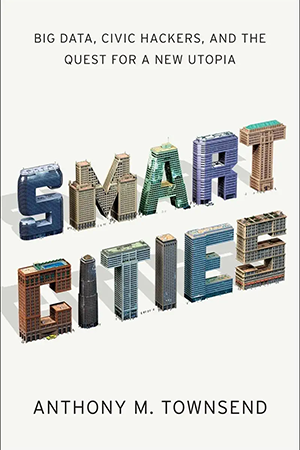
Alex Pentland
Social Physics
From one of the world’s leading data scientists, a landmark tour of the new science of idea flow, offering revolutionary insights into the mysteries of collective intelligence and social influence If the Big Data revolution has a presiding genius, it is MIT’s Alex “Sandy” Pentland. Over years of groundbreaking experiments, he has distilled remarkable discoveries significant enough to become the bedrock of a whole new scientific field: social physics. Humans have more in common with bees than we like to admit: We’re social creatures first and foremost. Our most important habits of action—and most basic notions of common sense—are wired into us through our coordination in social groups. Social physics is about idea flow, the way human social networks spread ideas and transform those ideas into behaviors. Thanks to the millions of digital bread crumbs people leave behind via smartphones, GPS devices, and the Internet, the amount of new information we have about human activity is truly profound. Until now, sociologists have depended on limited data sets and surveys that tell us how people say they think and behave, rather than what they actually do. As a result, we’ve been stuck with the same stale social structures—classes, markets—and a focus on individual actors, data snapshots, and steady states. Pentland shows that, in fact, humans respond much more powerfully to social incentives that involve rewarding others and strengthening the ties that bind than incentives that involve only their own economic self-interest. Pentland and his teams have found that they can study patterns of information exchange in a social network without any knowledge of the actual content of the information and predict with stunning accuracy how productive and effective that network is, whether it’s a business or an entire city. We can maximize a group’s collective intelligence to improve performance and use social incentives to create new organizations and guide them through disruptive change in a way that maximizes the good. At every level of interaction, from small groups to large cities, social networks can be tuned to increase exploration and engagement, thus vastly improving idea flow. Social Physics will change the way we think about how we learn and how our social groups work—and can be made to work better, at every level of society. Pentland leads readers to the edge of the most important revolution in the study of social behavior in a generation, an entirely new way to look at life itself.
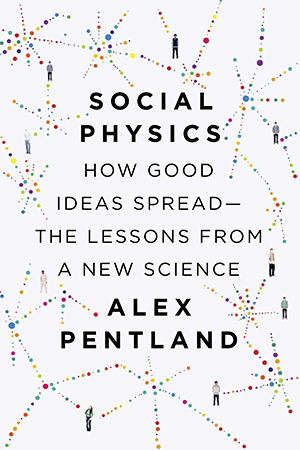
Michael Batty
The New Science of Cities
A proposal for a new way to understand cities and their design not as artifacts but as systems composed of flows and networks. In The New Science of Cities, Michael Batty suggests that to understand cities we must view them not simply as places in space but as systems of networks and flows. To understand space, he argues, we must understand flows, and to understand flows, we must understand networks—the relations between objects that compose the system of the city. Drawing on the complexity sciences, social physics, urban economics, transportation theory, regional science, and urban geography, and building on his own previous work, Batty introduces theories and methods that reveal the deep structure of how cities function. Batty presents the foundations of a new science of cities, defining flows and their networks and introducing tools that can be applied to understanding different aspects of city structure. He examines the size of cities, their internal order, the transport routes that define them, and the locations that fix these networks. He introduces methods of simulation that range from simple stochastic models to bottom-up evolutionary models to aggregate land-use transportation models. Then, using largely the same tools, he presents design and decision-making models that predict interactions and flows in future cities. These networks emphasize a notion with relevance for future research and planning: that design of cities is collective action.
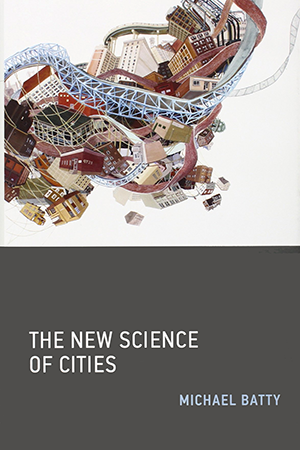
G Keith Still
Introduction to Crowd Science
Includes Case Studies from a Range of Event Sites Introduction to Crowd Science examines the growing rate of crowd-related accidents and incidents around the world. Using tools, methods, and worked examples gleaned from over 20 years of experience, this text provides an understanding of crowd safety. It establishes how crowd accidents and incidents (specifically mass fatalities in crowded spaces) can occur. The author explores the underlying causes and implements techniques for crowd risk analysis and crowd safety engineering that can help minimize and even eliminate occurrences altogether. Understand Overall Crowd Dynamics and Levels of Complex Structure The book outlines a simple modeling approach to crowd risk analysis and crowds safety in places of public assembly. With consideration for major events, and large-scale urban environments, the material focuses on the practical elements of developing the crowd risk analysis and crowd safety aspects of an event plan. It outlines a range of modeling techniques, including line diagrams that represent crowd flow, calculations of the speed at which a space can fill, and the time it takes for that space to reach critical and crush density. It also determines what to consider during the event planning and approval (licensing/permitting) phases of the event process. Introduction to Crowd Science addresses key questions and presents a systematic approach to managing crowd risks in complex sites. It provides an understanding of the complexity of a site, that helps you plan for crowds in public places.
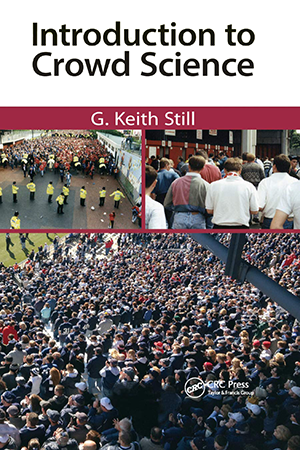
Nathan Eagle
Reality Mining
A look at how Big Data can be put to positive use, from helping users break bad habits to tracking the global spread of disease. Big Data is made up of lots of little data: numbers entered into cell phones, addresses entered into GPS devices, visits to websites, online purchases, ATM transactions, and any other activity that leaves a digital trail. Although the abuse of Big Data—surveillance, spying, hacking—has made headlines, it shouldn't overshadow the abundant positive applications of Big Data. In Reality Mining, Nathan Eagle and Kate Greene cut through the hype and the headlines to explore the positive potential of Big Data, showing the ways in which the analysis of Big Data (“Reality Mining”) can be used to improve human systems as varied as political polling and disease tracking, while considering user privacy. Eagle, a recognized expert in the field, and Greene, an experienced technology journalist, describe Reality Mining at five different levels: the individual, the neighborhood and organization, the city, the nation, and the world. For each level, they first offer a nontechnical explanation of data collection methods and then describe applications and systems that have been or could be built. These include a mobile app that helps smokers quit smoking; a workplace “knowledge system”; the use of GPS, Wi-Fi, and mobile phone data to manage and predict traffic flows; and the analysis of social media to track the spread of disease. Eagle and Greene argue that Big Data, used respectfully and responsibly, can help people live better, healthier, and happier lives.
